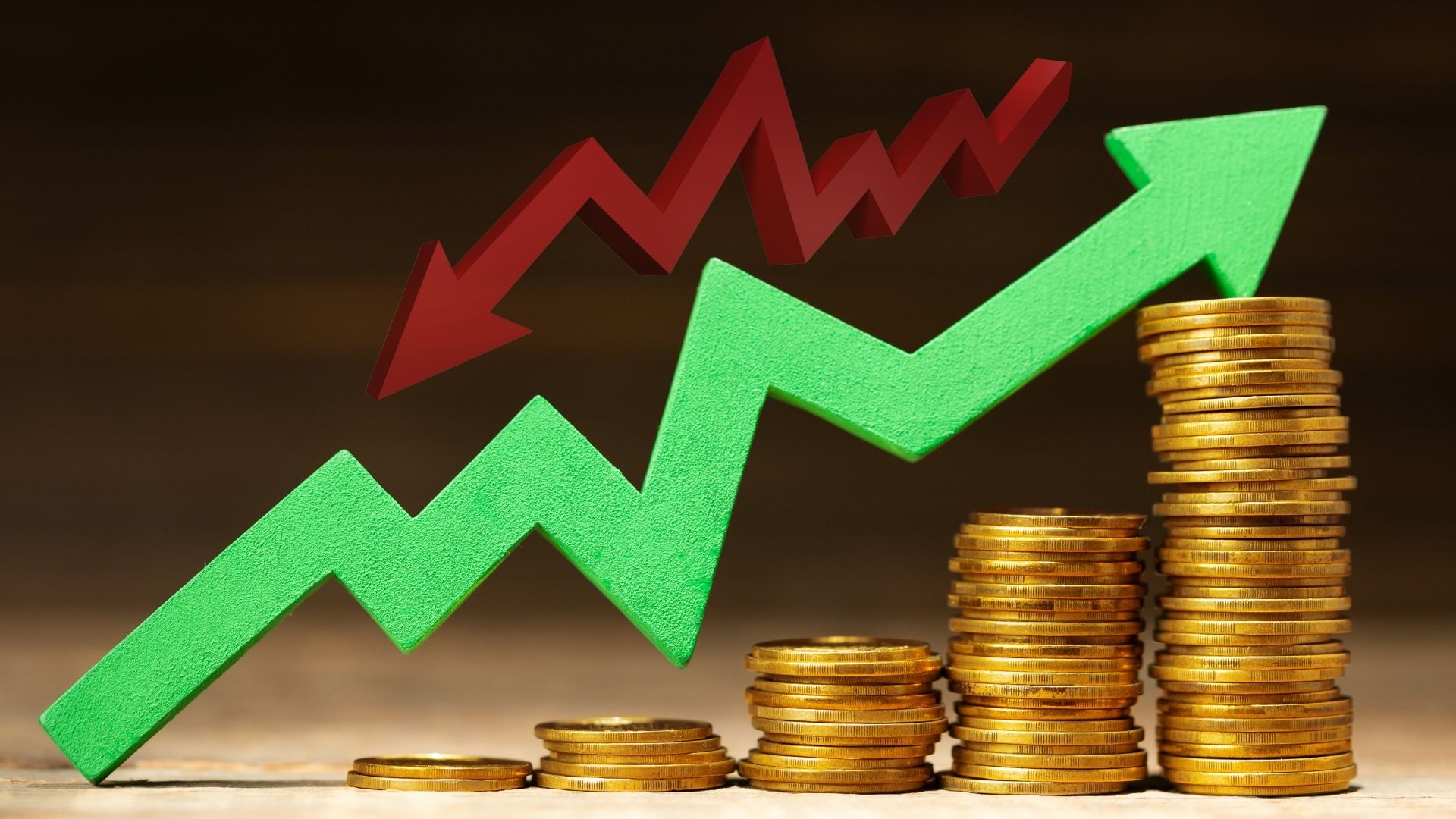Macroeconomic | Inflation | Forex | Trade | Remittances | Balance of payments

Nepal’s economy lays out divergent signs, yet mostly positive on key macroeconomic indicators — consumer price inflation (with food inflation showing only a modest decline), foreign exchange reserves, remittances and balance of payments (BoP), among others.
The Nepal Rastra Bank on Tuesday published figures on the indicators in its ‘Current Macroeconomic and Financial Situation of Nepal’ report based on the first quarter (mid-July to mid-October) of 2024/25.
While inflation has lowered, foreign exchange reserves have strengthened and remittances have increased, the central bank reports a fall in trade — both import and export. The Balance of Payment (BoP) is steady with surplus.
Inflation records a decline
The year-on-year (y-o-y) inflation has sharply declined to 4.82% in the first quarter against 7.5% in the same period last fiscal year (2023/24). Food inflation is recorded at 7.18% while non-food inflation is 3.49%, which were 8.48% and 6.85% on a y-o-y basis.
In the food and beverage category (food inflation), the y-o-y price index of vegetable sub-category increased by 25.15%, pulses and legumes by 10%, cereal grains and their products by 9.57% and ghee and oil by 4.98%. This indicates a significant increase in kitchen prices. On the other hand, the y-o-y price index of meat and fish sub-category decreased by 1.18%, spices by 0.79% and sugar and sugar products by 0.78%.
Additionally, overall inflation has risen compared to the two-months period of the ongoing fiscal year when inflation was 3.85%. A 7.18% food inflation this quarter, with vegetables driving much of the rise, means consumers continue to face higher costs for essential items. The decline in non-food items however offers a slight relief.
Foreign exchange reserves shore up
The country’s foreign exchange reserves shore up by 9.4% to Rs 2,232.28 billion from Rs 2,041.10 billion in mid-July 2024. In dollar terms, the reserves increased by 8.7% from $15.27 billion to $16.6 billion in the same period.
Taking into account the figures of the first quarter, current reserves suffice for imports of goods over 17 months, and goods and services over 14 months.
Import and export both fall; trade deficit narrows
Both imports and exports have decreased in the first quarter, according to the latest data. Imports have decreased by 4.2%, while it reported an increase of 1.7% in the same period last year.
On the other hand, exports have decreased by 6.1%, while it recorded a decrease of 2.3% last year. Meanwhile, the trade deficit has lowered by 4% to Rs 352.37 billion in the first quarter.
While imports of transport equipment, vehicle and other vehicle spare parts, edible oil, garlic, oilseeds, etc increased, the report noted, imports of gold, petroleum products, electrical equipment, crude palm oil, etc decreased.
On the other hand, soybean oil, tea, shoes and sandals, oil cakes, etc recorded increased exports, while the exports of zinc sheets, palm oil, cardamom, juice and readymade garments, etc have decreased.
Remittance inflow this quarter
Remittance inflow has surged by 11.5% to Rs 407.31 billion this year against an increase of 25.8% last year.
In dollar terms, remittance receipt reached $3.04 billion, which was $2.76 billion last year. This increased receipt has contributed to a surplus in the current account, offering further support to the economy.
BoP remains at surplus
The BoP stands at a surplus of Rs 184.99 billion, which was Rs 101.66 billion in the first quarter last year, a growth by nearly 82%. In dollar terms, it stands at $1.38 billion, compared to $766.80 million last year.
All in all, the figures do not imperatively stipulate a sustained economic recovery. The country continues to face challenges with food inflation, the trade deficit and reliance on remittances, yet it also offers opportunities for businesses and investors.
For businesses and investors, exploring export diversification and tapping into the expanding financial and capital markets could create new opportunities for growth. This approach is complemented by a rising call for innovation and investment in sectors that can lessen Nepal’s dependence on imports, driving self-sufficiency and long-term resilience.
Read More Stories
Kathmandu’s decay: From glorious past to ominous future
Kathmandu: The legend and the legacy Legend about Kathmandus evolution holds that the...
Kathmandu - A crumbling valley!
Valleys and cities should be young, vibrant, inspiring and full of hopes with...
Understanding federal grants in fiscal federalism
Local budgets are where democracy meets the daily lives of citizensthis is a...